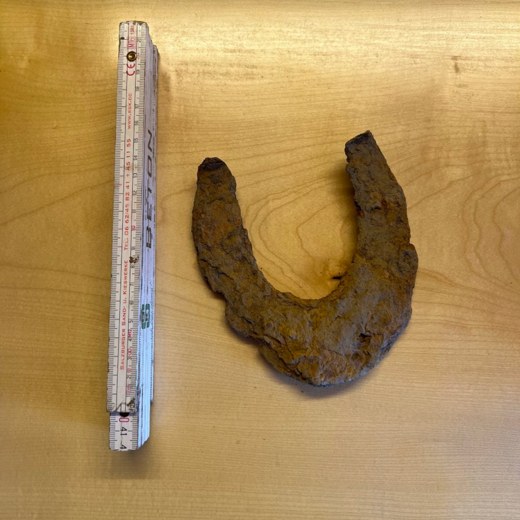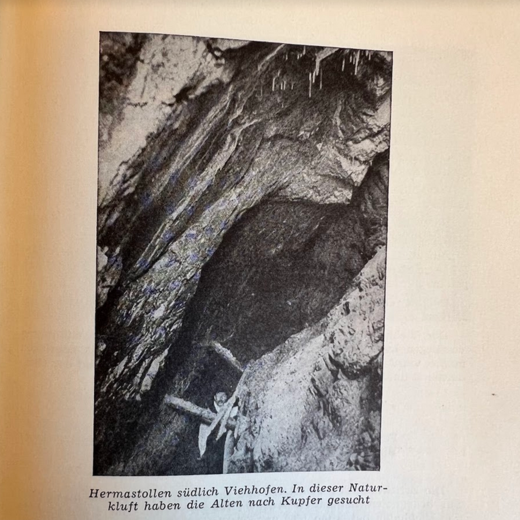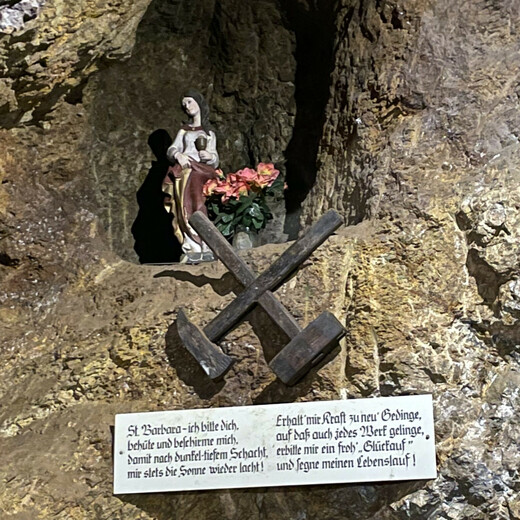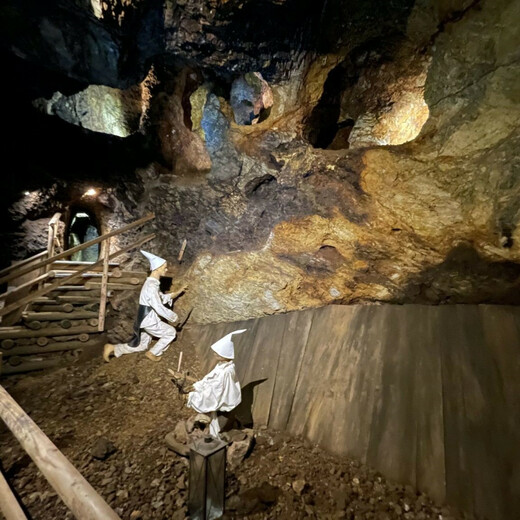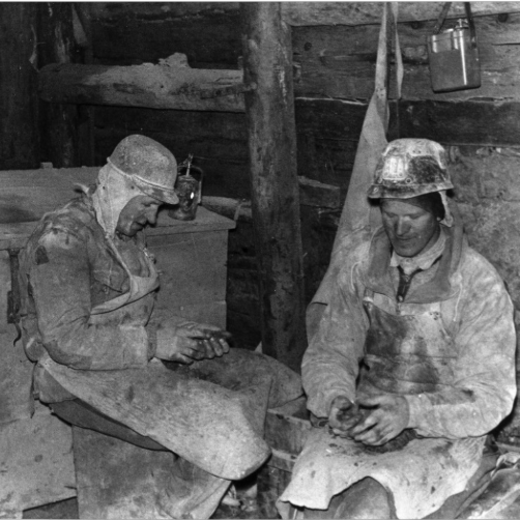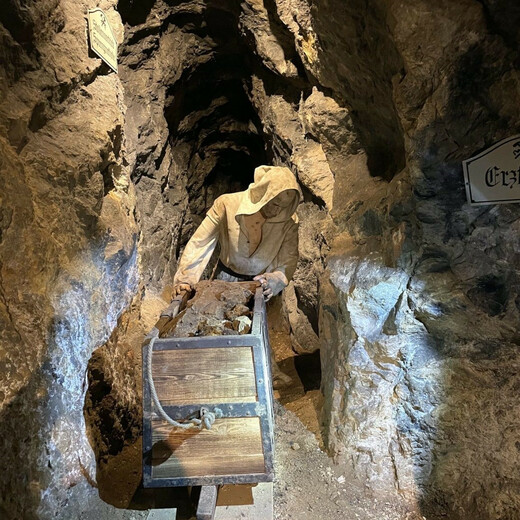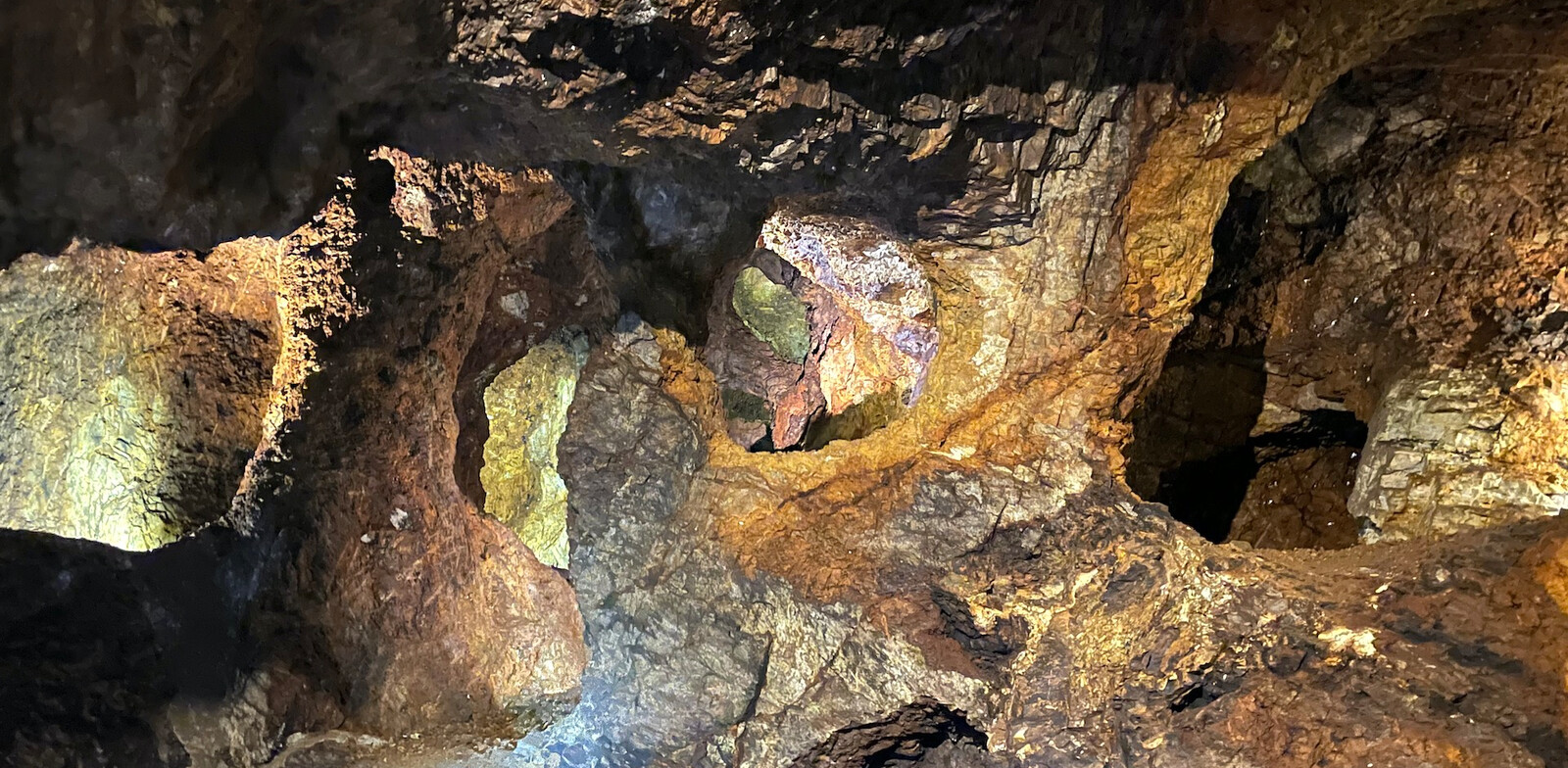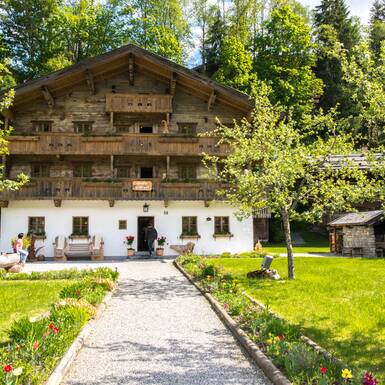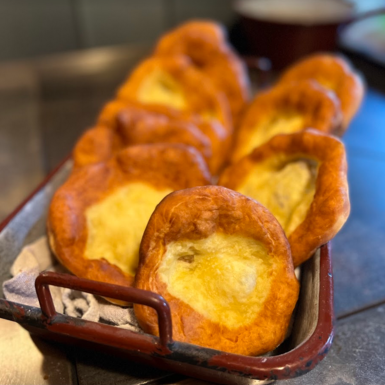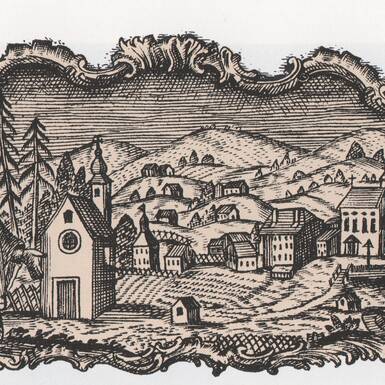- Traditions
From the history books ...
If you take a leisurely stroll through the Glemmtal valley, you will discover fascinating landscapes here and there that at first glance seem puzzling. Flat sections, which despite the overgrowth are reminiscent of ancient paths, blend into the otherwise steep surroundings, and many long-established mountaineers think they can remember the tunnels that were still recognisable a few decades ago at Gamshag, Henlabjoch and in the area above Pfefferalm. In contrast to Viehhofen and neighbouring Leogang, however, mining in Saalbach Hinterglemm was not crowned with too much success. Old records and rare finds provide an insight into a time of hardship, and traces that have survived for centuries are reminders of mining in the Glemmtal valley. If you take a leisurely stroll through the Glemmtal valley, you will discover fascinating landscapes here and there that at first glance seem puzzling. Flat sections, which despite the overgrowth are reminiscent of ancient paths, blend into the otherwise steep surroundings, and many long-established mountaineers think they can remember the tunnels that were still recognisable a few decades ago at Gamshag, Henlabjoch and in the area above Pfefferalm. In contrast to Viehhofen and neighbouring Leogang, however, mining in Saalbach Hinterglemm was not crowned with too much success. Old records and rare finds provide an insight into a time of hardship, and traces that have survived for centuries are reminders of mining in the Glemmtal valley.
The search for mineral resources in Saalbach Hinterglemm
Until the arrival of tourism, the life of the people in the barren side of the valley was largely shaped by agriculture. The long winters and the prevailing bracing climate created difficult conditions and often meagre harvests. Despite the challenging living conditions, the people of Glemmtal managed to cultivate the land in the valley and on the mountain and to survive with the little they had. The search for mineral resources was part of the palpable pioneering spirit that has always characterised the people of the Glemmtal Valley
A short excerpt from the Heimatbuch Saalbach:
- In the book Juvavia, some mines on the Spielberg are mentioned, the largest part being on the Leogang side.
- 1489: Archbishop Johannes Beckenschlage grants Saalbach market rights so that the population and the men of the mines are better provided for.
- 1555 and 1556: Joseph Jänisch and Niclas Pfeffer appear as operators of modest digging operations (the tunnels at Gamshag, Henlabjoch and above Pfefferalm, which are still visible for a long time, are reminders of the attempts that were not crowned with great success).
- 1557: The copper gravel brought together on the Pfonteben (at the end of the Hinterglemm valley) is bought by the Rosenberg brothers.
- 1576 and 1641: The archbishop orders a secure supply of wood for the mine at Ebenmaiß.
- 1707: Some records in the Salzburg Provincial Archives mention copper pyrites mining in the Glemm.
The absence of the village in other statistics suggests that mining slowly died out in the years to come.
Mining in Viehhofen
Adits, which can still be visited as museums today, and finds from the Bronze Age suggest that mining was more successful in Viehhofen and in Leogang. Viehhofen is also in the Glemmtal valley, just under 10 kilometres from the centre of Saalbach. Leogang is to the northwest on the other side of the mountain range. In winter, the villages are connected to the Skicircus Saalbach Hinterglemm Leogang Fieberbrunn. In summer, the trail leads around the surrounding mountains - first to Maishofen, then to Saalfelden and then in the direction of Tyrol to Leogang.
Although Viehhofen is geologically similar to Saalbach, mining was noticeably more successful there. There is a proven ore deposit, among other things the mineral chalcopyrite was mined. Finds from the Bronze Age and records from the 16th and 17th centuries as well as from the period between 1910 and 1914 attest to mining activities in the Wirtsalpe, Sausteigen, Arzgraben, Altenberg, Stoffentax, Handlach-Kopf and Hermastollen areas.
The regular humps on the south side of the village were once mining dumps and excavation heaps for the galleries. Viehhofen is the site of one of the only major prehistoric copper mining projects in the Pinzgau. In 1912, a copper pyrite deposit was found together with bronze objects such as needles as well as animal bones and clay discs. During excavations in 1955, large quantities of clay shards were dug up, dating from the Urnfield period around 1000 BC.
The extraction of copper ores in the Pinzgau region dates back to the Early Bronze Age, around 1800 BC. In the beginning, individual pieces of ore were painstakingly broken out of the rock - to do this, the ore veins were heated and doused with water. The change in the material caused the stone to crack. Hardwood wedges were driven into the ore chunks and individual crumbs were loosened from the wall. The pieces were then pulverised and melted in primitive furnaces. Former smelting sites can be found in large numbers in Viehhofen.
Mining in Leogang
Mining played a very important role in Leogang. The large deposits of precious ores such as copper, lead, silver, mercury, cobalt and nickel made mining an important economic factor for the region. Permooseck and Gunzenreit are said to have been the first mines. They were already in operation around 1200 AD.
Many of the tunnels are still visible today and bear the names of saints from the Christian faith. Erasmus, John, Barbara, Daniel, Mary and several others were among the most important venerated.
An excerpt from the history:
- 1434: Niclas Stockarawer and Hans Schmelzer are allowed to work for six years free of levy.
- 1585: Alexander Schöttl and Matthias Röchseisen from Bavaria work in the Schwarzleograben. They have bought a blacksmith's shop in Hütten and want to build a smelting plant. Their request to the archbishop for forest for coal production is granted.
- 1591: Carl Rosenberger and Hans Marquart manage the Herrenstollen with a length of 320 fathoms (just under 580 metres) with 60 miners. In 1593, a net profit of 1317 gulden was achieved.
- From 1680: The profit increases five to seven times. It is said that the Leogang miners drove their tunnels so far into the mountains that the bells of the Saalbach church could be heard.
- 1691: A caretaker's house is built for the mines in Leogang. The archbishop allows the operation on the condition that the operators remain Catholic.
- In the following years, mining experiences an upswing. There are various records of life and work during the day, giving insights into everyday life as well as misfortunes and business decisions.
- At the beginning of the 19th century, mining slowly ceases in its former form.
Those who wish can delve deeper into the subject in the show mine in Leogang. It is one of the oldest mines in Salzburger Land and opens its doors to interested visitors. You can do this online in advance. Click here for the video "The miners of Schwarzleo".
Have fun exploring & good luck!
Sources:
The information comes either from the folklore, the Heimatbuch Saalbach or the book Mitterpinzgau by Josef Lahnsteiner. The authors refer to various sources from old books, the Salzburg Provincial Archives and other records.
- Heimatbuch Saalbach – Siegfried Weitlaner
- Mitterpinzgau Saalbach, Saalfelden, Lofer, Salzburgerisches Saaletal – Josef Lahnsteiner, published in 1962
Pictures:
Book Mitterpinzgau – Josef Lahnsteiner
The show mine in Leogang
Leoganger Knappen
Michaela Mitterer

